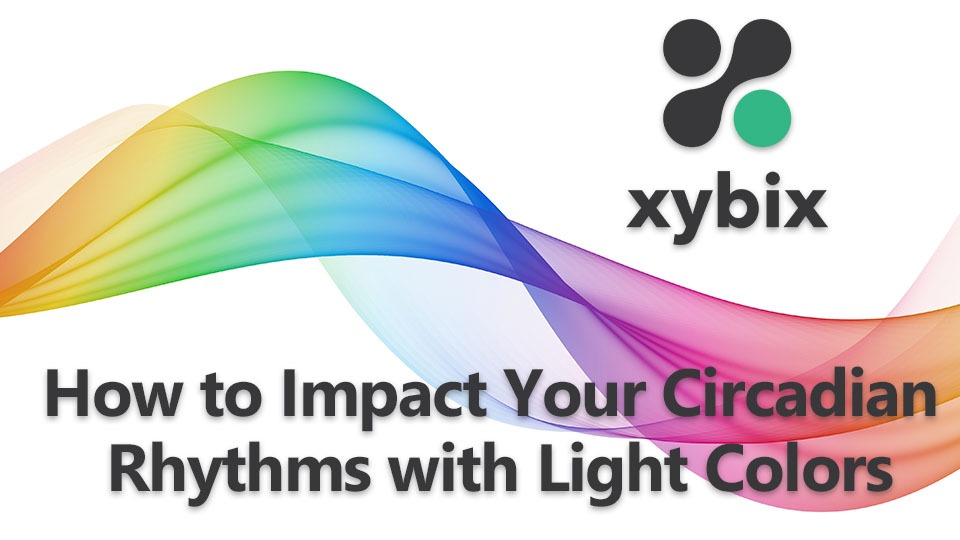 Carpe diem! Seize the day! But how can you do that if you’re tired or hungry? One way is to start thinking about what’s happening to your body circa diem—in around a day’s time. The Latin circa diem evolved into circadian, defining a 24-hour cycle. Your circadian rhythms, then, are the changes that naturally occur in your body and mind in 24 hours.
Carpe diem! Seize the day! But how can you do that if you’re tired or hungry? One way is to start thinking about what’s happening to your body circa diem—in around a day’s time. The Latin circa diem evolved into circadian, defining a 24-hour cycle. Your circadian rhythms, then, are the changes that naturally occur in your body and mind in 24 hours.
Sleep, mood, and hunger are all circadian rhythms, and they are driven by your biological clock. Our circadian rhythms want us to be awake when it’s light and asleep when it’s dark. Fortunately for dispatchers, healthcare providers, and all our other critical functions that require 24/7 cover, the biological clock is greatly impacted by light and dark. Essentially, you can manipulate light to impact your circadian rhythms. Read on for why and how.
Adjustable Lights Improve Health, Morale and Productivity
While most of us prefer to be awake in daylight and asleep in the dark of night, we all have our own biological clock and circadian rhythms. That’s why it’s important for individuals to be able to adjust their own lighting. With light, you can complement—or override—your circadian rhythms with the goal of being the best you can be at all times.
To protect your health, you need a dark room to sleep in. According to Dr. Merrill Mitler, a sleep expert and neuroscientist with the National Institutes of Health, “Sleep services all aspects of our body in one way or another: molecular, energy balance, as well as intellectual function, alertness and mood.” The restorative power of sleep can help stave off obesity, heart disease and infections. With nightlights, blackout curtains, and the like, you can easily adjust a room to your desired level of darkness for your best sleep.
When it comes to light, adjustments involve more technology to achieve the intensity and color you prefer. The adjustability pays off, though, as one study shows that “when people have control over the lighting in their work spaces, their moods are more upbeat, they are more committed to their employers and they have overall improved well-being.” In addition, a senior consultant with a major architectural firm reports that “employees prefer to adjust their own lighting based on their sensitivity and needs. This in turn increases workers’ productivity.”
Light is so important to employees that access to natural light polls higher as a workplace perk than on-site cafeterias, fitness centers and childcare. In fact, according to the American Society of Interior Designers, 68% of employees complain about the light in their office.
Clearly, if an employer can provide user-adjustable lighting, it should!
Selecting Lights to Impact Circadian Rhythms
Adjustable lighting goes beyond adding a dimmer switch—the color matters, too. According to the CDC, blue light and white light help you stay awake, and white light boosts alertness and mood. Red, yellow and orange lights, however, have less impact on your biological clock—meaning, for example, that a dim yellow light is more suited to the hours before sleep than the blue light emanating from your computer devices. To impact your circadian rhythms, focus on blue and white lights—and if possible, natural light—in your waking hours.
Circadian rhythms and biological clock aside, you can still impact your mood and health with color. According to WebMD, colors affect you in the following ways:
- Red: stimulating and increases appetite
- Orange: improves mood and possible thyroid function
- Yellow: increases concentration and possibly treats arthritis
- Green: a calming color and may promote healthy metabolism
- Blue: suppresses the appetite and treats migraine pain
- Indigo: purportedly promotes mental health
- Violet: helps with meditation and potentially endocrine issues
As you can see from this list, different colors are suited to different environments, people, and times of day. You can’t change paint and interior colors throughout the day, but you can easily change the color of LED lighting. That brings me to my favorite topic: Innovation.
At our company, Xybix, innovations in the design of 911 dispatch consoles, imaging desks, telemetry desks, and command center workstations, start with user-adjustable bias and task LED lighting. Then, for more control over your body and mind, we let you adjust the color and intensity of the light in your workspace using our AXYS system. For maximum benefit, you can save color schemes as “scenes” to activate on schedule. You might start with white light (for alertness) when you come on shift, red (for stimulation) as you start to tire before lunch break, and green (for calming) towards the end of the day, for example.
As with our ergonomic features, the goal of our robust lighting controls is to keep you alert, happy and healthy. Carpe diem!




